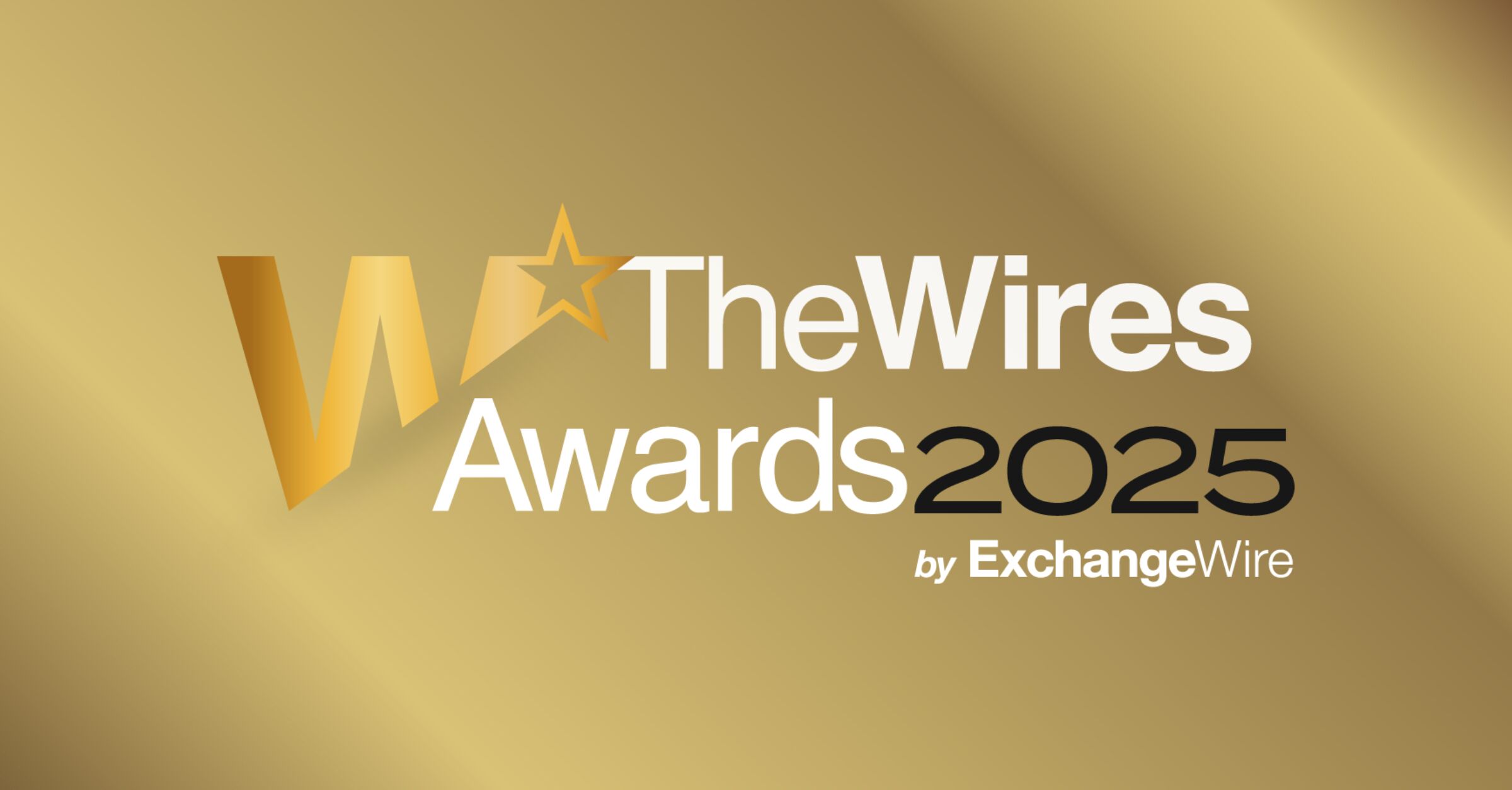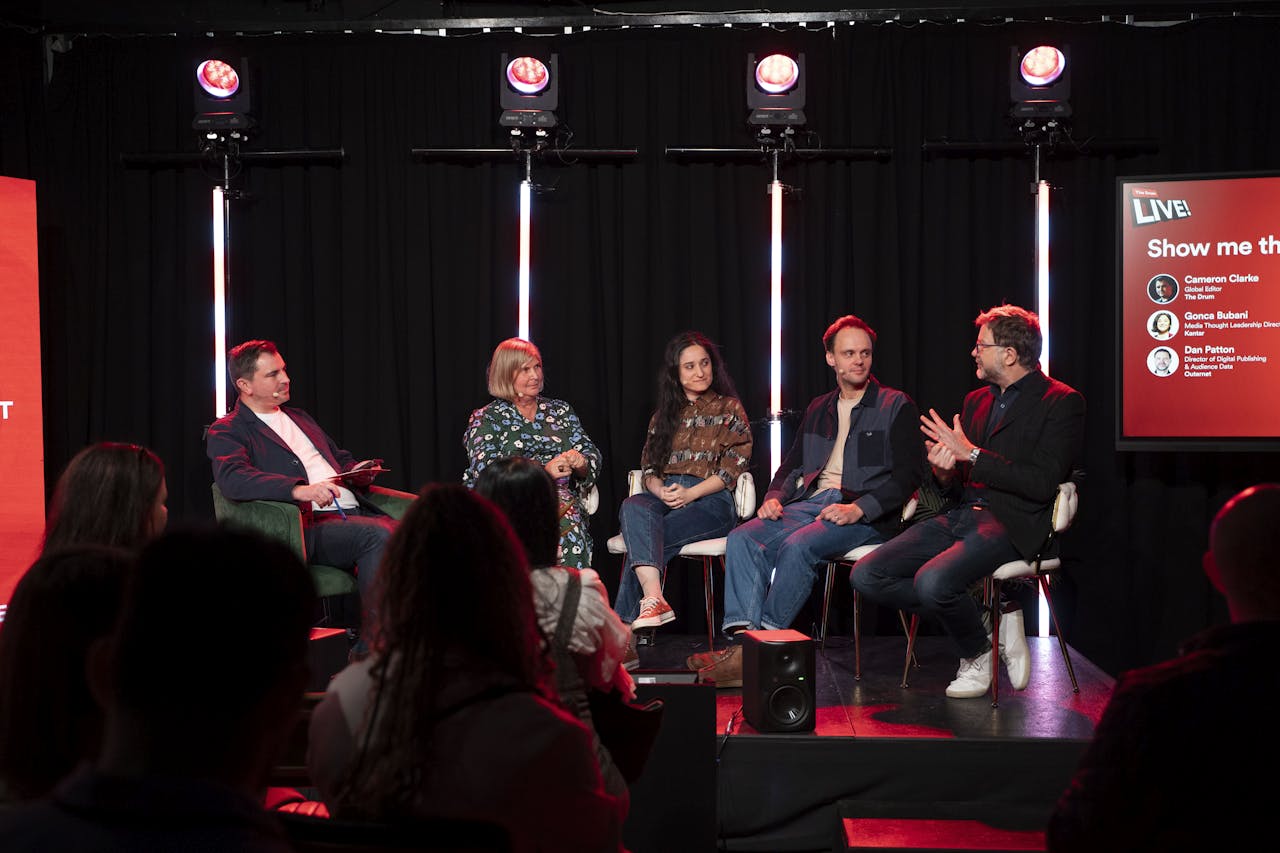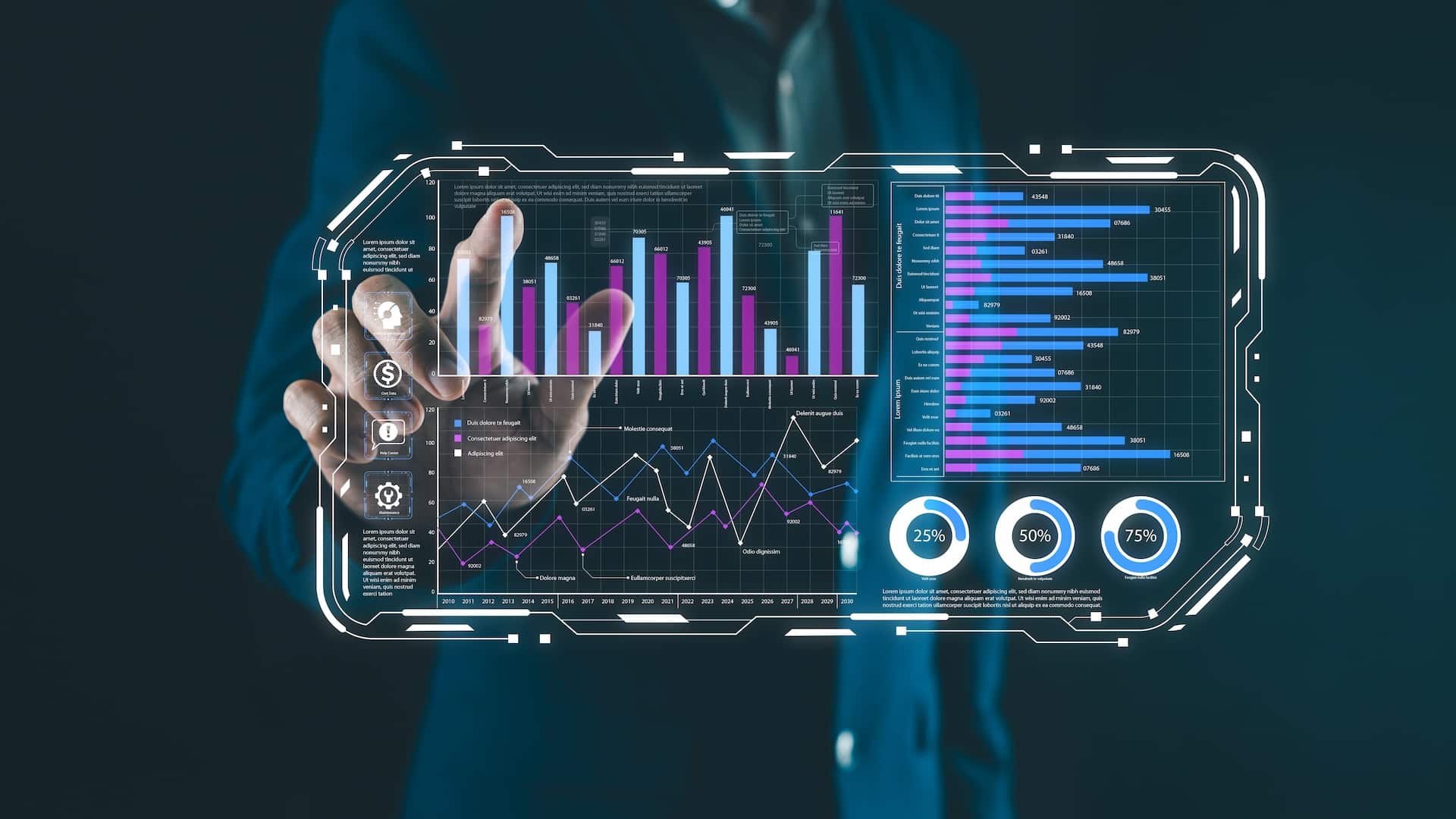fromMedium
6 days agoBuilding systems that strengthen product discovery judgment
The retrospective felt like a breakthrough. The team diagnosed exactly where their reasoning broke down, mapped the root causes, and committed to doing better. Three months later, they repeated the same mistakes. The diagnosis was accurate. What was missing was a system to turn awareness into development. Diagnosis alone doesn't create change. Most improvement efforts fail not from lack of insight, but from lack of judgment infrastructure.
Design















